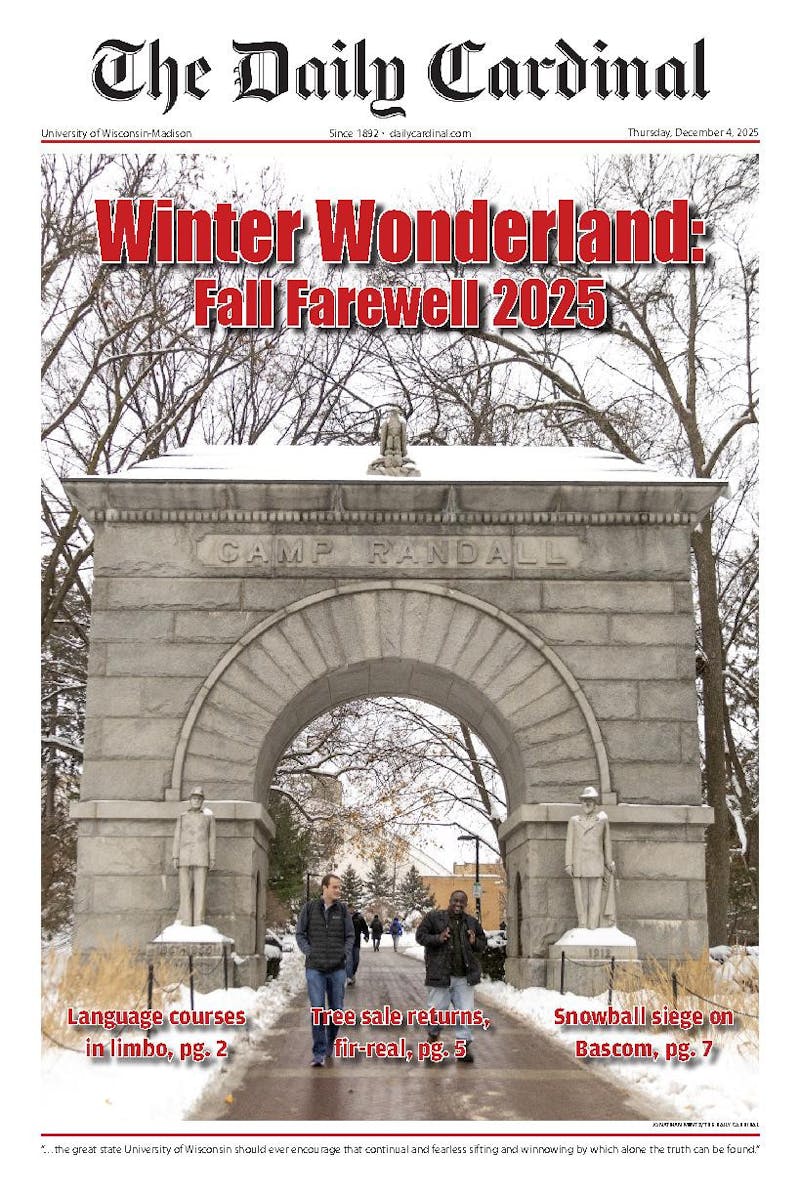Kids can be fun. They can also be a pain in the ass. In 'Hardball,' the very white Keanu Reeves tries to coach a team of black little leaguers and learns that sometimes, he can be a pain in the ass, too.
Reeves here plays Conor O'Neill, a Chicago man with problems. He's a gambler and a boozer, and he's just lost yet another bet to dig himself further into a hole of debt. Bookies are after him and scalping tickets to sporting events isn't about to cover all the money he owes.
Enter his ultra-busy businessman friend, played sneakily by Mike McGlone. McGlone's going out of town for a few weeks, and offers O'Neill $500 a week to coach the baseball team that McGlone is just fine being associated with on paper only.
With no other alternatives, O'Neill of course takes the job and learns the true meaning of, well, something important, to be sure. This is after all based on a true story.
If you didn't know it was a true story, Hardball may seem a bit clich??d and trite. And even if it may be a tad predictable, as uplifting films about characters changing their immoral ways usually go, somehow it manages to find its way to that spot that warms you at least a little inside.
The film starts out unpromisingly as poor acting and laughable dialog from Reeves ('No one kicks my ass like I can!') take center stage. But though it seems a bit disjointed at first, the film straightens itself out.
Watching Reeves interact with the cute kids is amusing, and some of the banter from the little leaguers is unexpected and damn funny. They swear and spout off silly sounding slang that leave us scratching our heads along with Reeves, asking ourselves, 'wait, what'd they just say'?
The soundtrack is littered with hip-hop that the kids would listen to, including the Notorious B.I.G. classic 'Big Poppa,' which serves here, incredibly, as an inspiring song that motivates the pitcher of O'Neill's team. Yet, somehow, it works.
What 'Hardball' fails in, it makes up for in arousing the nostalgia of what it's like to be part of a team when you're just a kid growing up in this hard world.
Though the film's by no means brilliant, it has enough going for it that'll keep you entertained. And if you let yourself, you might just get uplifted and heart-warmed, too. If Keanu can, why can't you?
Moviegoers typically see one of two kinds of films when they buy a ticket for a war film. One type of war film portrays the war experience, perhaps rightly so, in varying degrees of hell. The other, which is just as common, saves us from a harrowing tour de mal and provides us with a heroic, passionate, and glorified perspective of the subject. 'Apocalypse Now Redux,' a film directed by Francis Ford Coppola, could easily be placed in the former category, yet this Vietnam War epic gains its importance because of its ability to combine both aspects, the heroic and the horrific, in even more sinister and provocative ways than the original.
For anyone who has seen the original version of this film, the one without the added 49 minutes of previously cut footage, it may seem sketchy to claim that this movie doesn't portray war as hell on earth. Let it be known that the new, triple-dipped mind-rape edition is even more skin-crawlingly gruesome and horrifying than the average bloody war flick (caution: not to be ingested by the inexperienced).
With the newly included 'French Plantation Scene' and the 'Playboy and Surf crazy Kilgore' subplots, this relatively new film transcends the simplistic, one-sided view that war is either hell or homeland, and leads us through a violent, primitive psychological landscape scattered with ambiguous heroes, ghostlike figures and childlike reluctant soldiers, not as if the film failed to achieve this on its first tour of duty.
Essentially, the movie guides us up the same river on the same mission: Captain Willard (Martin Sheen) has orders to find and terminate the renegade Colonel Kurtz (Marlon Brando) and travels deep into the jungle on a small boat with an unlikely group of misfits, while having a famous pop culture moment with commander Kilgore on the way ('I love the smell of Napalm 'n the morning'Kilgore').
The structure of this film, with its indulgent camera work and dream-like special effects, makes trying to nail it down, even for the purpose of plot summary, an act of injustice. The characters are all utterly unique to the genre, despite their stock character genetics. The plot, a very loose adaptation of Joseph Conrad's 'Heart of Darkness,' has such strong visual descriptions, which the film is able to bring to surreal heights otherwise unachievable in print alone.
The title of Conrad's novel provides the spectator with the proper gear to slash his way though the jungle of the film's many metaphors and symbols. Although explicitly about the war in Vietnam, as the film trudges along it becomes evident that Vietnam is simply a readily available metaphor for the war between humanity's good and evil nature as it is poignantly expressed through the failure of the American culture and military efforts.
Considering the film's immediate social relevance and Francis Ford Coppola's incredibly powerful technique, this movie is something one should make it a mission to see.
Akira broke boundaries, when it crossed the Pacific from Japan in 1988, and introduced Americans to Japanese animation or anime. Still the greatest representation of the art form (13 years later, it manages to hold its own against Princess Mononoke), Akira has been remastered and re-released in both a regular format and special edition box set.
The story of Neo Tokyo, a post-WWIII city reminiscent of that in Blade Runner, the film follows motorcycle gang leader Kaneda as he tries to save his friend Tetsuo from military experimentation. However, Tetsuo might be the real menace, as his growing telekinetic powers drive him mad and threaten to wake Akira, a powerful entity responsible for the destruction of the original Tokyo.
Pioneer's remastering is flawless. Not a scratch or speck of dust remains on the frame, and the picture, taken from the original negative, pushes the limit to how sharp a DVD image can be.
The extras on the special edition are interesting and bountiful, though more geared toward the hard-core anime fan than one would hope. There are over 4,500 productions stills of concept art and paintings, arranged in the order they appear in the movie.
However, the making-of documentary is more about animation in general than Akira. It also has yellow English subtitles over existing white Japanese text, making it very hard to read at times. The interview with director Katsuhiro Otomo mostly retreads what is presented in the documentary, with too simplistic questions.
The strangest part of the special edition DVD is Pioneer's patting itself on the back for such a good job at restoration. A 14-minute piece on picture and sound quality would only be interesting to the obsessed collector, but this would have better been left on the company's Web site.





